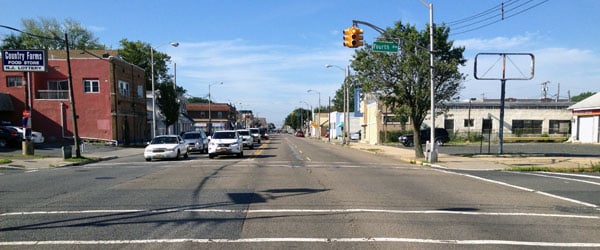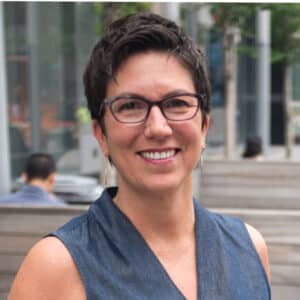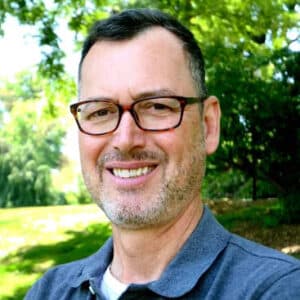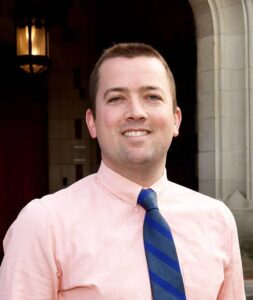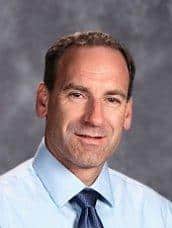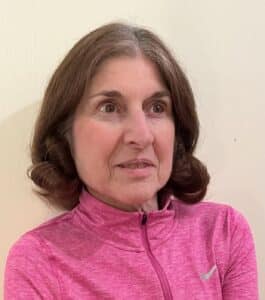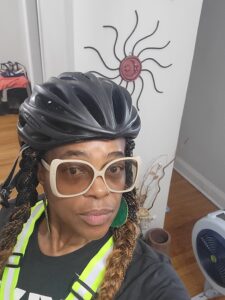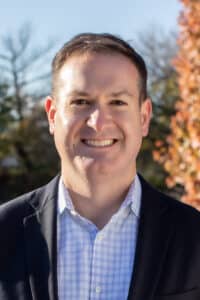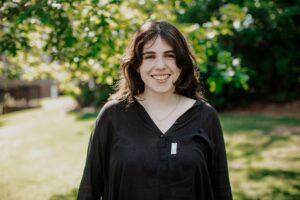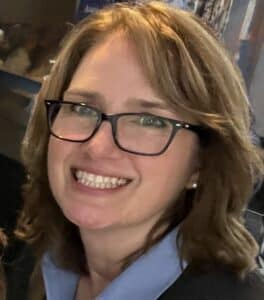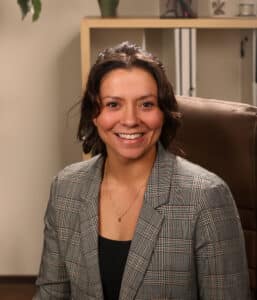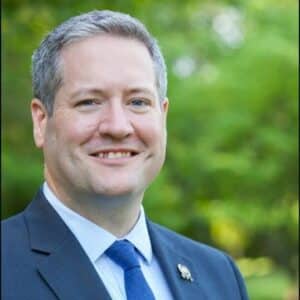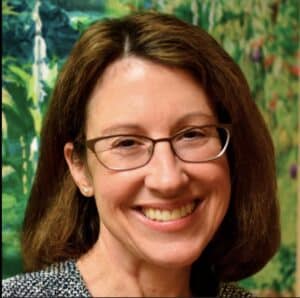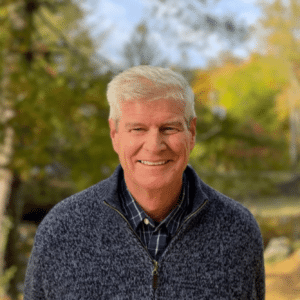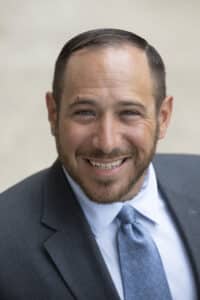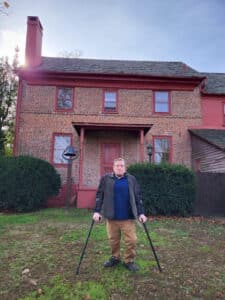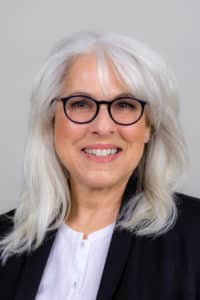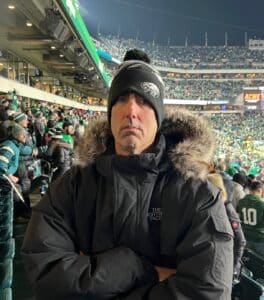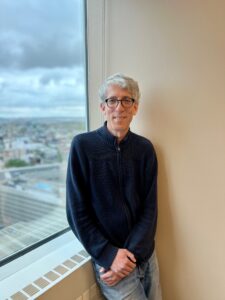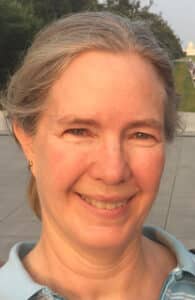After Asbury Park’s Mayor John Moor abruptly shut down NJDOT’s proposed road diet along the city’s Main Street/State Route 71 in October 2015, it appeared that Asbury Park was to remain entrenched in its car-centric approach to transportation issues. Although this city had made great strides towards ending the economic blight of the 1980’s and 1990’s, an important opportunity was going to be missed: the chance to remake Main Street into a safe, vibrant corridor that could contribute substantially to the overall uptick in economic vitality that other parts of Asbury Park were experiencing. It also presented the opportunity to break down the chasm that exists in the city between the east and west sides, creating a fully integrated city where underserved communities could safely connect to the business and commercial center of Asbury Park by reaching them through safer bicycling and walking.
Such was the impetus behind local advocates coming together to create a strong voice for safe streets and a more livable Asbury Park, along with guidance from NJBWC. The group started with a few individuals who were brought together to discuss the rules regarding bikes on the city’s boardwalk, and the discussion soon turned to the city’s rejection of the road diet, which the advocates viewed as a violation of the city’s complete streets policy, passed by the City Council just weeks earlier. Soon the group had a facebook page, a petition, and a google group email list, tools to build their coalition. They began researching various topics related to road diets and circulated these articles among the group and shared them on social media.
As the group grew in number, expertise naturally surfaced, in the form of several urban planners, a community organizer, some legal expertise, and those willing to stand up and be heard. They named themselves the Asbury Park Complete Streets Coalition, created a logo, had a banner made, and marched together in the city’s March 2016 St. Patrick’s Day Parade. One of the urban planners in the APCSC researched all the redevelopment and master plans that the city had sitting on their shelves, not implemented. The planner drafted a white paper about road diets; others created a one-page flyer that the group circulated. They also signed an agreement with the NJBWC to be their fiscal agent, so that they could accept donations.
And they began talking; they had exchanges on social media, and they pounded the pavements, talking to residents, business owners, civic leaders, church groups, and city council members, telling everyone about the road diet and why Asbury Park’s Main Street needed it, and handing out their materials. They asked the question: “What do you like about Main Street?” This became a catch phrase for the APCSC, as it clearly highlighted the need to overhaul this wasteland of a road that served no one well – not businesses, not people on foot and on bikes, not people in cars. The group drafted a sign-on letter and collected signatures from 25 businesses up and down Main Street. They held a public meeting and showing of the film “Bikes Vs Cars” that filled the room at Asbury Park’s Showroom Theater. They continually looked to the NJBWC for guidance, and called in our partners at Tri-State Transportation Campaign. And they got into the press, where there was discussion both for and against the project; at one point, the APCSC advocates were labeled “fanatics” in a local paper, only to be congratulated a few weeks later in the same paper for the advocacy work they were doing to make Main Street a safer, more economically viable place.
In spring and summer 2016, only after they had built substantial grassroots support did they begin giving testimony at city council meetings, introducing themselves formally, asking for information on the road diet, and presenting the sign-on letter to the city council. They also encouraged city council members to attend several road diet workshops. Their “ask”: Rescind the council’s resolution opposing the road diet, and work with NJDOT to implement the project.
The response: the city needed NJDOT to perform traffic studies during peak summer hours to better understand how a road diet would impact traffic conditions. No rescinding of the resolution, but it was progress when compared to the previous summer’s shutdown of the road diet.
In the fall of 2016, the city hired a transportation manager to advance a bicycle and pedestrian agenda. This gave the APCSC an ally within city administration, and they took full advantage of it. They met with the new manager, they invited him to their meetings, they provided him with their priority list, and they made themselves available as a resource.
As the November 2016 city council election approached, APCSC issued a Candidate’s Questionnaire to all candidates. They received responses from half. Although the same slate of councilors was returned to office, their words had changed; the candidates were now using some of the same language that the advocates had been using, and publicly stating support for Complete Streets projects.
When NJDOT’s traffic data for Route 71/Main Street was released, another of the urban planners within the APCSC analyzed the data and was able to show that Main Street could easily support a road diet, meaning that there was no degradation in “level of service” for car drivers. (The fact that there is no equivalent level of service concept for pedestrian and bike riders is another discussion.)
Fast forward to April 2017, to the announcement by the Asbury Park Sun that the city was awarded a Local Technical Assistance grant by NJDOT to create a bike and pedestrian plan. While this was not the rescinding resolution the advocates are looking for, it is a good first step towards implementing the city’s Complete Streets policy.
The grassroots advocacy of the APCSC got the city this far. Without the group organizing and socializing the message that the streets in Asbury Park needed to be made safer and that the city was missing out on opportunities to further its economic progress and to bridge gaps to underserved and minority communities, these few steps forward would not have happened. The city’s history of creating redevelopment and master plans, only to have them collect dust on a shelf, leads one to believe that the city was planning to do nothing towards implementing its Complete Streets policy.
The APCSC should be looked upon by the city council and administration as a resource during the LTA project and beyond; by providing informed opinion to the project, by posting the public information session dates, by generating interest, providing education and encouraging attendance and input from the city’s residents, and by providing direction to the project, the APCSC can help ensure that the ultimate plan is broad, comprehensive, considers a long-term horizon, and meets the needs of all Asbury Park residents. Another benefit that cannot yet be felt is that the APCSC has saved the city council much grief down the road, in avoiding 11th hour angry mobs claiming to know nothing about the project.
With a new bicycle and pedestrian plan that includes substantial infrastructural changes to Main Street like the road diet originally proposed by NJDOT, and with the advocacy of the APCSC, Asbury Park shows promise of becoming one of New Jersey’s forward-thinking cities, prepared for the future equipped with a street network where all modes of transportation are accommodated.
Cyndi Steiner, Executive Director

